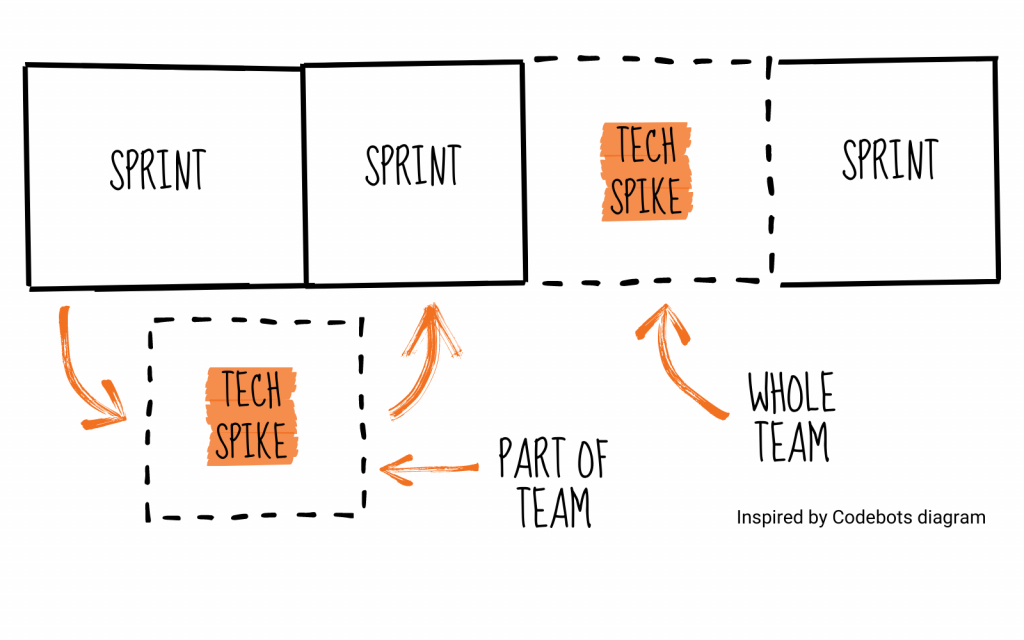
Table of Contents
Introduction to Tech Spikes
In the fast-paced world of technology development, staying ahead of the curve is crucial. One strategy that has gained popularity in recent years is the use of tech spikes. These are short, focused periods of exploration and experimentation aimed at addressing specific technical https://technicamix.com/ challenges or exploring new technologies. In this article, we’ll delve into the concept of tech spikes and provide a comprehensive guide on how to effectively utilize them.
Understanding Tech Spikes
What are Tech Spikes?
Tech spikes, also known as spikes or spikes stories, are time-boxed research and development activities. They are designed to provide answers to technical questions, explore potential solutions, or mitigate risks associated with a particular aspect of a project. Unlike traditional development tasks, spikes do not deliver tangible features or functionality to the end user. Instead, they serve as learning opportunities for the development team.
Importance of Tech Spikes
Tech spikes play a crucial role in mitigating risks and uncertainties early in the development process. By investing time upfront to explore technical challenges, teams can make informed decisions and avoid costly mistakes later on. Additionally, spikes help teams stay innovative by allowing them to experiment with new technologies and approaches without committing to a full implementation.
Preparing for Tech Spikes
Before embarking on a tech spike, it’s essential to adequately prepare to maximize its effectiveness.
Research and Analysis
The first step in preparing for a tech spike is to conduct thorough research and analysis. This involves gathering relevant information, such as existing solutions, industry best practices, and potential risks. By understanding the problem domain and available options, teams can make informed decisions during the spike.
Resource Allocation
Tech spikes require dedicated resources, including time, expertise, and tools. It’s crucial to allocate sufficient resources to ensure the spike’s success. This may involve temporarily reassigning team members, acquiring specialized equipment, or setting aside specific timeframes for spike activities.
Execution of Tech Spikes
Agile Methodology
Tech spikes are often conducted within the framework of agile development methodologies, such as Scrum or Kanban. These methodologies emphasize iterative development and continuous improvement, making them well-suited for spike activities. By incorporating spikes into the development process, teams can adapt quickly to changing requirements and technologies.
Prototyping and Testing
During a tech spike, teams may create prototypes or proof-of-concept implementations to validate their ideas. Prototyping allows teams to explore different approaches and gather feedback early in the development process. Additionally, testing is an integral part of spike activities, helping teams identify potential issues and refine their solutions.
Overcoming Challenges
Despite their benefits, tech spikes can pose challenges for development teams.
Time Constraints
One of the most significant challenges of tech spikes is the tight time constraints. Since spikes are time-boxed activities, teams must work efficiently to achieve their objectives within the allotted timeframe. This requires careful planning and prioritization to focus on the most critical aspects of the spike.
Budget Limitations
Another challenge of tech spikes is budget limitations. While spikes can provide valuable insights and mitigate risks, they also require financial resources to execute effectively. Teams must balance the cost of spikes with the potential benefits they offer, ensuring that they provide a positive return on investment.
Learning from Tech Spikes
Data Analysis
After completing a tech spike, it’s essential to analyze the results and gather insights for future development efforts. This may involve reviewing performance metrics, user feedback, or other relevant data points. By reflecting on the spike’s outcomes, teams can identify areas for improvement and refine their strategies.
Iterative Improvements
Tech spikes are not one-time activities but rather iterative processes. As teams gain experience and knowledge through successive spikes, they can refine their approaches and optimize their development practices. By embracing a culture of continuous learning and improvement, teams can stay competitive and deliver high-quality solutions to their customers.
Conclusion
In conclusion, tech spikes are valuable tools for addressing technical challenges, exploring new technologies, and fostering innovation in software development. By following the guidelines outlined in this article, teams can effectively plan, execute, and learn from tech spikes to drive success in their projects.


